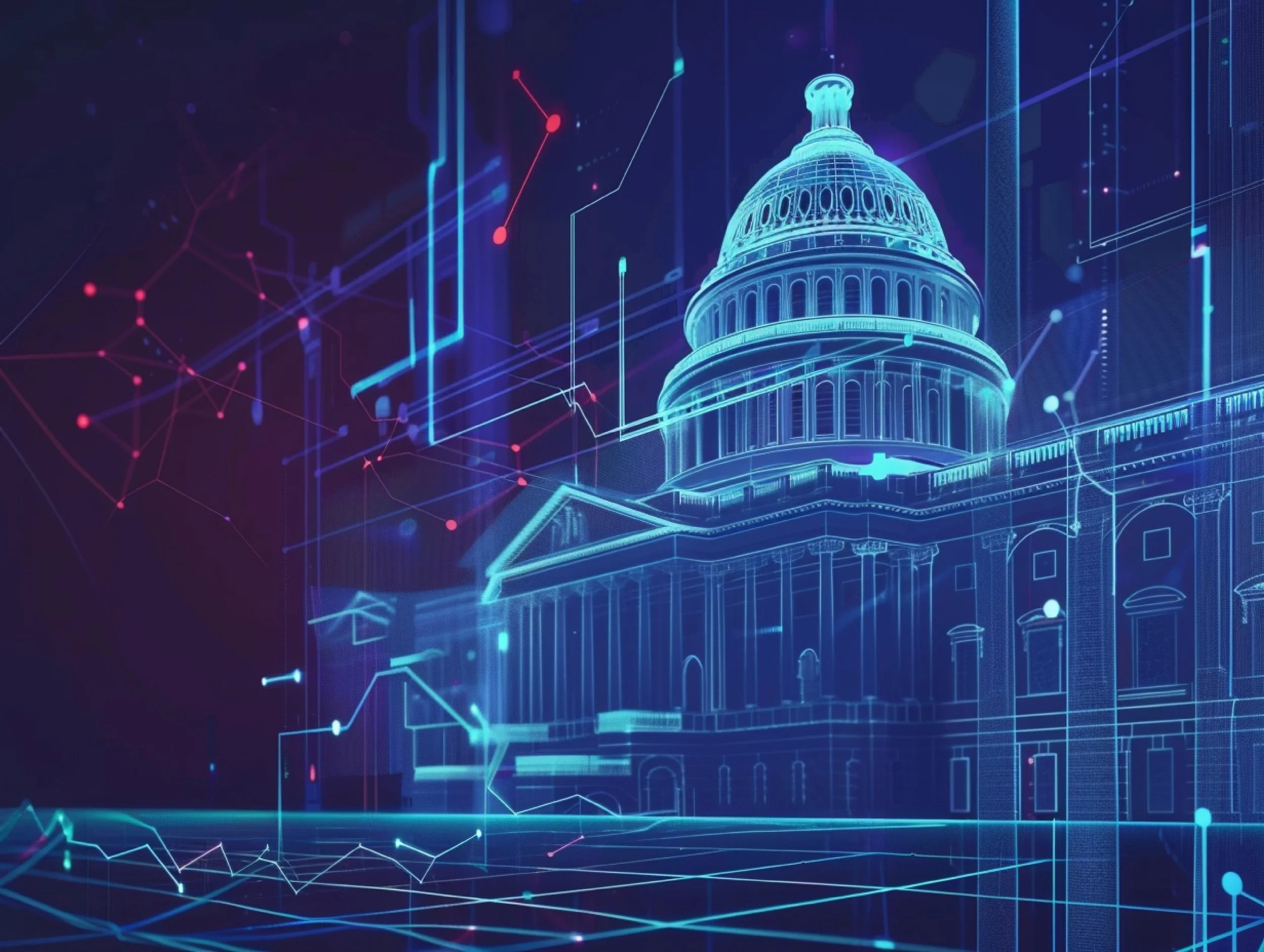Three keys to leveraging the cloud for cybersecurity
Traditionally, organizations feel conservative and cautious about security. When companies and agencies first began making tentative moves to the cloud 15 years ago, security was one of their biggest concerns. And that makes sense: amid headlines of cyber leaks and data breaches, organizations often feel that security is something better left to their own internal IT experts. But today, this is a mistake. When done right, cloud security, particularly within the AWS Cloud, can make both your data and your entire organization more secure.
As the experts at the Carnegie Endowment write: “The move to the public or hybrid cloud is one of the most promising options for better protecting organizations from cyber attacks. Very few organizations can rival the security teams of the large CSPs and are therefore better off entrusting their security to these external teams.”
While the cloud is a game-changing tool for making organizations more secure, however, the process of migrating an organization’s cybersecurity systems to the cloud is not just about technology. It also involves changing culture, philosophy, and, ultimately, people. Here are three key steps we use with agencies to transform their cybersecurity systems—and make their entire organization safer.
Security Assessment and Authorization
The federal government requires that agencies undergo a strict assessment and authorization (A&A) process in order to assess the effectiveness and implementation of the agency’s security requirements. But conducting a comprehensive analysis of security protocols is an excellent first step for any organization. At Enquizit, this step includes working collaboratively with an organization to define goals for cybersecurity in the cloud, align expectations for the project, and better understand how the org’s owned applications are configured and used.Moving to a DevSecOps Philosophy
Traditionally, development, security, and operations teams operate separately and make decisions independently. This can result in a “siloed” effect that slows down app development, prevents the best solutions from emerging—and can also be a security risk. DevSecOps is a combination of philosophies, practices, and tools that increase an organization’s ability to evolve and improve products faster than they could via traditional software development. When working with organizations to transform their cybersecurity posture in the cloud, one of our early steps is to create playbooks and conduct training to help everyone understand a new way to work that helps deploy new apps more efficiently via continuous integration/continuous delivery (CI/CD).Increasing Automation
Human error is a common reason for cyber breaches. An advantage of the cloud is its ability to leverage automation to reduce human error. Building automation into cybersecurity prevents staff from accessing systems they shouldn’t, changes permissions when staff members depart, and removes human error from the equation, increasing security throughout the org. As an added benefit, it also frees up staff to focus on more important—and empowering—things.
Enquizit and the General Services Administration (GSA)
The three keys outlined above are crucial for organizations interested in learning how the cloud can transform cybersecurity, but they are just a starting point. To learn more about the steps Enquizit uses to help organizations migrate their cybersecurity to the AWS Cloud, download our free case study, https://enquizit.com/case-studies-insights/devsecops-and-government-cybersecurity-how-enquizit-helped-the-gsa-unlock-the-power-of-the-aws-cloud



